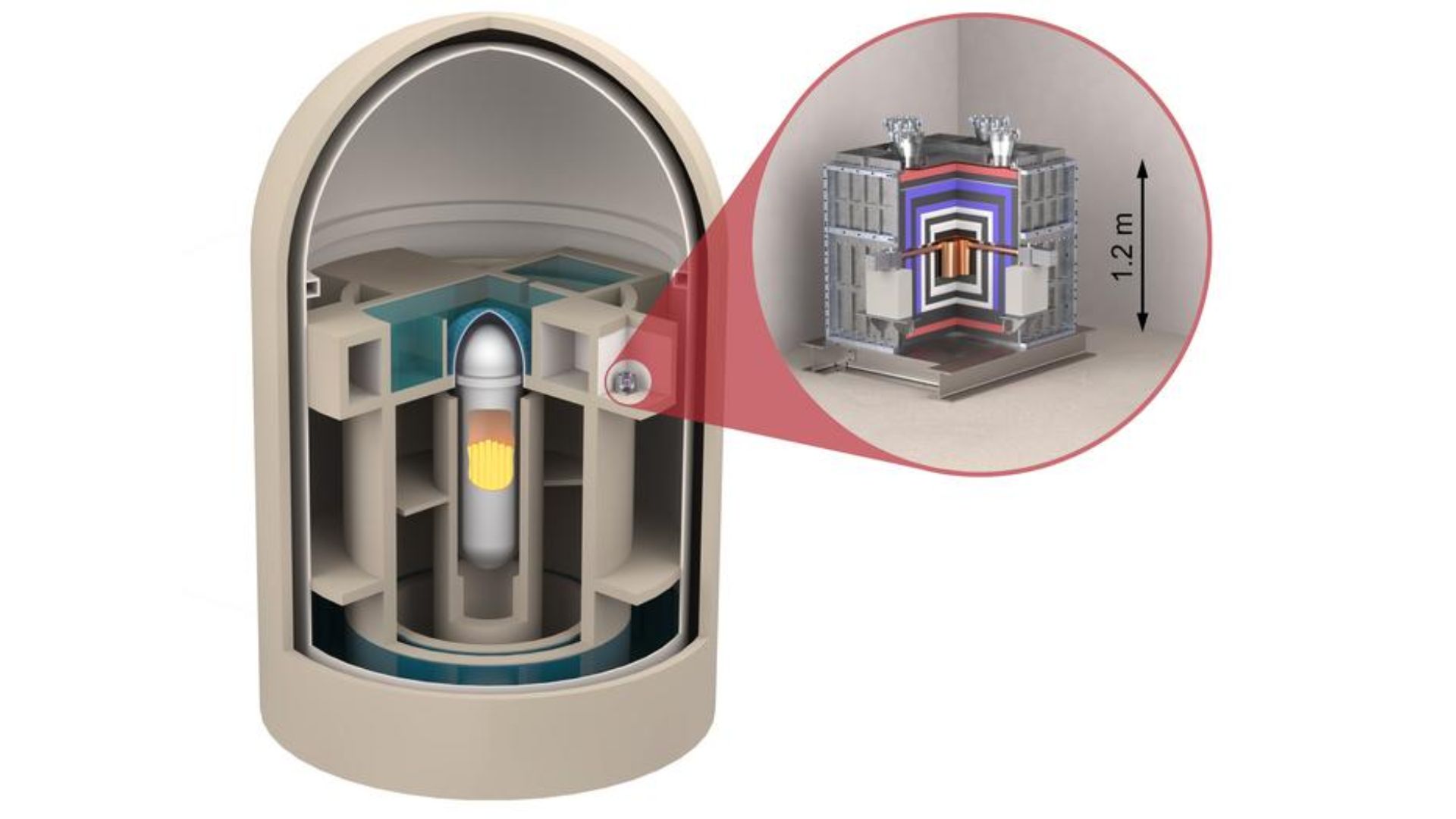Scientists at the Max Planck Institute for Nuclear Physics (MPIK) have detected antineutrinos from a nuclear reactor using a 3 kg (6.6 lbs) detector.
The results were achieved using the CONUS+ experiment and provide an observation of Coherent Elastic Neutrino-Nucleus Scattering (CEvNS) from a reactor source at full coherence.
“The CEvNS measurement provides unique insights into fundamental physical processes within the Standard Model of particle physics, the current theory describing the structure of our universe,” said the researchers in a press release.
Neutrinos do not scatter off
The experiment is situated 20.7 meters from the core of the Leibstadt nuclear power plant in Switzerland. It uses three 1 kg (2.2 lbs) germanium semiconductor detectors to identify CEvNS, a process where a low-energy neutrino interacts with an entire atomic nucleus.
“In this process, neutrinos do not scatter off the individual components of the atomic nuclei in the detector, but rather coherently with the entire nucleus. This significantly increases the probability of a very small but observable nuclear recoil,” explained the press release.
The process can be compared to a ping-pong ball hitting a car; the recoil of the car, though small, is the observable effect. In this case, antineutrinos from the reactor scattered off germanium nuclei in the detectors.
Over a measurement period of 119 days between 2023 and 2024, the team recorded an excess of 395±106 neutrino signals after subtracting background and interfering signals. The position of the detector receives a flux of more than 1013 (ten trillion) neutrinos per square centimeter per second from the reactor.
“This value is in very good agreement with theoretical calculations, within the measurement uncertainty,” remarked the press release.
“We have thus successfully confirmed the sensitivity of the CONUS+ experiment and its ability to detect antineutrino scattering from atomic nuclei,” added Dr. Christian Buck, an author of the study.
Neutrino detection requires large experiments
Neutrinos are elementary particles that interact weakly with matter, and their detection has typically required very large experiments. The CEvNS effect was theorized in 1974 and first observed by the COHERENT experiment at a particle accelerator in 2017. The CONUS+ result is the first observation of the effect from a reactor at these low energies.
The CEvNS technique may have future applications. Dr. Buck noted the potential to develop small, mobile neutrino detectors to monitor reactor heat output or isotope concentration.
The measurement also provides data for testing the Standard Model of particle physics. According to the authors, the CONUS+ measurements have a reduced dependence on nuclear physics aspects compared to other experiments, improving the sensitivity to physics beyond the Standard Model.
“The techniques and methods used in CONUS+ have excellent potential for fundamental new discoveries,” concluded Professor Manfred Lindner, the project’s initiator.
“The groundbreaking CONUS+ results could therefore mark the starting point for a new field in neutrino research.”
The experiment was equipped with improved and larger detectors in autumn 2024, with the aim of increasing measurement accuracy.
